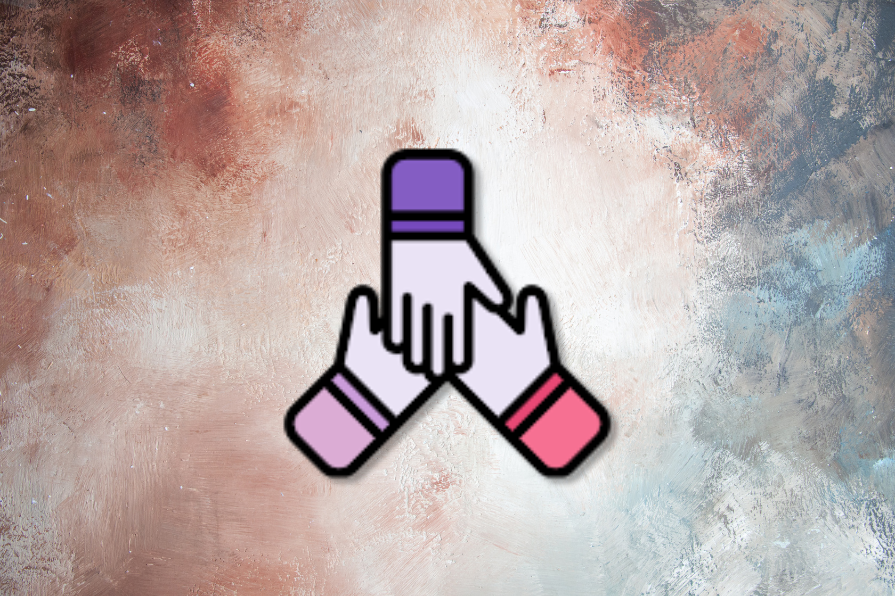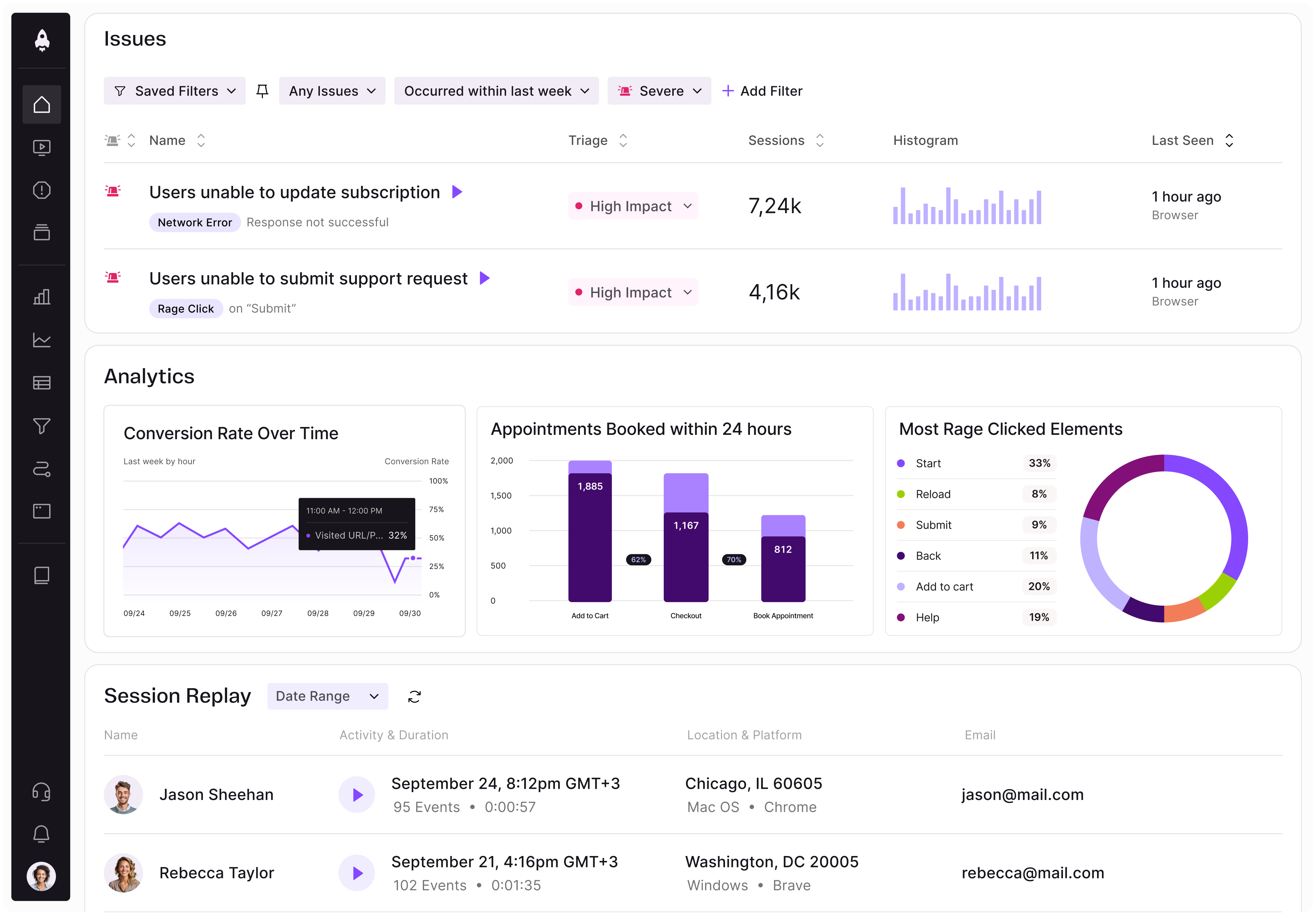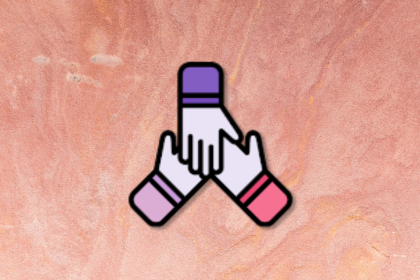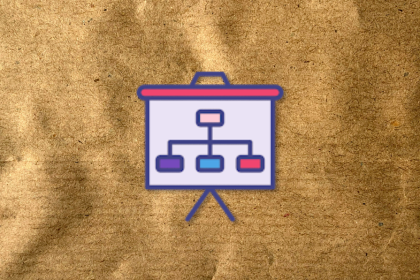A few years ago, I went through an executive presentation training. It was a perk offered by the company I was working for at the time, and I came away with some excellent feedback and observations that I still think about to this day.

One of them was the recommendation not to tilt my head when listening to others speak. I had considered it thoughtful, but apparently, it can make one appear submissive. Another was to use more confident statements.
The presenter encouraged easy swaps like:
It reminded me of training to be a group fitness instructor back in 2010 — no chewing gum, dress the part, lead the class with confidence, and get straight to the point so your cues aren’t muddled with verbose instructions. As I mature in my career, I realize sometimes people simply want a clear set of directions instead of a conversation. But how can one exhibit assertiveness without appearing aggressive or out of touch with emotional intelligence?
I still find myself leaning on old habits and using hesitant language occasionally, especially in circumstances where I haven’t fully considered how I want to communicate something. These habits also sneak in when I’m in more casual settings where I have fewer concerns about how I want to be perceived.
Collaborating with others is one of my top values, and I prefer to work in teams where everyone has a voice at the table. It’s a well-known fact that teams with higher psychological safety outperform others, and that begins by bringing authentic humility as a leader so others feel free to do the same. If I were to constantly strut around at peak confidence, I might make a big impact, but it would erode trust, relationships, and likability.
This article helps you navigate this challenge by unpacking how you can show up as an authentic and collaborative leader to get the most out of your product team.
I consider this the collaboration paradox: high-performing professionals — especially those of us in leadership roles, and even more so, women — are expected to demonstrate a high degree of emotional intelligence, personal connection, and collaboration, especially in cross-functional roles. Simultaneously, we’re expected to achieve our targets, make tough decisions, and stand our ground, all while building and nurturing strong teams.
These contradictory expectations can leave you questioning your capabilities. What’s more important: getting along, or getting it done? Those perceived as unnecessarily dominant are often reliable executors. Those who prioritize connecting with others sometimes leave performance on the table.
There’s also a likability penalty, where, according to research, as women become more successful, they often become less liked. Is that because they demonstrate vulnerability less frequently? Do they become less relatable? Or is it because they’re leading with greater confidence and enforcing a tighter line?
According to the Harvard Business Review, “[Successful women] are often penalized when they behave in ways that violate gender stereotypes.”
In all of my leadership roles, I’ve been extremely fortunate to work in teams where I feel highly respected. I’m asked for my opinion, I have a voice at the table, and I’m not afraid to use it. Sometimes, to my detriment.
But I know others’ experiences in professional environments can be different. There are gender studies on speaking time in meetings and the general disparity of interruptions, further exacerbated by the hypocrisy that women are often judged more harshly for assertive behavior.
If the game isn’t changing, perhaps the way we play it can. Instead of speaking the same language at higher decibels, communicate in a way that invites participation and active listening. Do this by bringing stories, voices, and experiences from other areas of your life.
For 10 years, I taught group fitness classes, everything from kickboxing and Body Pump to Insanity, boot camps, and Metabolic Effect. I began teaching because I often found myself craving more intensity or challenge from the classes I took.
One of my class members gave me the nickname “Kimpossible” because they told me my class was one of the hardest he had taken. I developed a reputation for leading with intensity and drive. My regulars appreciated my serious tone, occasional (terrible) jokes, and consistent focus on form, efficiency, and motivation to maximize our personal performances.
I taught over 700 classes by the time all was said and done. In a setting like that, where you are on stage directing countless others, you’re expected to command the room. You’re expected to diffuse leadership — not like a drill sergeant; more like a coach pushing her team to be better.
When I saw someone with poor form, I offered compassionate improvement tips. If someone in the front of the room was off course and everyone else was watching them as a guide, I politely redirected everyone’s attention to the stage for a reset.
I took those lessons with me to the workplace, applying what I had learned about the importance of first impressions and smiling, of making eye contact instead of shouting repeated words to the back wall, of making it more human, relatable, and enjoyable to help people feel accomplished and successful. I also applied my natural proclivity to demonstrate my effort alongside everyone, earning a reputation as a leader, not a manager.
Diversifying my experiences beyond family and work allows me to cross-pollinate lessons from other domains, building a more holistic identity. Plus, studies show that women who bring their authentic styles to work outperform others who aim to mimic men’s leadership styles. I assume this is as true in what we wear and how we behave as it is in what we say.
Nearly a decade ago, I met the CEO of a digital agency. We were in mid-town Manhattan when she greeted me in the lobby, wearing a long, flowing dress. I was so used to the corporate suits where I worked at the time that I immediately assumed she was the receptionist or office assistant.
Only when we arrived at the top floor of the building and she introduced herself as the CEO did my jaw drop; I felt simultaneously mortified and impressed, and probably turned beet red. Shortly thereafter, and almost every year since, I have purchased a long flowing dress to wear to work, because her intrepidity demonstrated that I could break away from the traditional executive dress code.
I wore one to a leading national quantum conference last year and recall some inquisitive looks. It helped me pull my shoulders back a little straighter and hold my head a little higher.
I recently read an inspiring blog from a female entrepreneur who reminded us that the important part isn’t what you achieve in the end — it’s how you show up in the process. This struck a chord with me as I have learned over almost two decades in the workforce that your achievements rarely matter in the long run, but the relationships you form along the way are priceless. Perhaps this is a metaphor for life itself.
Being strong and showing up requires an ability to deal with anything that comes your way. Not everything at once, all the time, but any one thing you choose to prioritize. That requires agility, communication, and the capacity to handle conflict. Moreover, it requires creating teams where egos are checked and collaboration flows naturally.
My leadership philosophy is to create a space where people can do their best work. Provide clear expectations, remove blockers, welcome fair debate, and quickly curb counterproductive behavior. I like to open channels for communication, and recognize that doesn’t mean I have to act on everything that comes across my path. When conflicts arise, I encourage consideration from multiple perspectives.
The most consistent way I’ve found to build trust is by rolling up my sleeves and demonstrating the effort, attitude, and camaraderie I expect from others. It was the same in group fitness: sweat through the hardest parts with your class, spout inspiring words of encouragement when people are close to giving up, and hold them accountable for the challenges they volunteered for when they walked into your class. We’re all in this together.
I still use the phrases “I think…” and “We should…” regularly, partially because it’s a bad habit, and partially because I’m constantly working in uncharted domains where I don’t really “know” anything, other than the fact that there are always options to evaluate, from which we can generate a recommendation.
Working in start-up life for three years and bringing innovative products to market in the five preceding years since has proven thrilling, challenging, daunting, and rewarding. In a setting like that, no two days look alike. Instead of favoring a repetitive job where I can throw my weight around and pretend to know everything, I prefer to learn, explore, and build new things, which requires asking questions, executing work alongside the team, admitting failure, and repositioning it as growth.
However, when I recognize a team in distress, or when I, myself, feel the need for greater decisiveness, I become quite clear in my expectations and communication. It’s the same way I coach myself internally when I’m at my best: What are your goals? How will you achieve them?
Bringing dominating energy to every setting would be exhausting and unwelcome behavior. Leaning into collaboration isn’t indicative of an inability to make decisions. It shows a willingness to share and hear others’ opinions.
It requires strength, because when you open your eyes and ears to everyone else’s thoughts, things can quickly become convoluted. And yet, sometimes all people want is to be heard.
Collaborating means understanding perspectives, considering them, and ultimately deciding (and subsequently communicating) what to act upon and what to let go of. As you defend those decisions, try to tell a story that feels authentic to you. When people sense your honesty and integrity, trust naturally builds.
Above all, remember that challenge brings change. The hardest group fitness classes I ever taught were also the best classes because the physical and mental transformation over time was undeniable. Pushing others beyond their limits to achieve their best results is a profound honor.
Featured image source: IconScout

LogRocket identifies friction points in the user experience so you can make informed decisions about product and design changes that must happen to hit your goals.
With LogRocket, you can understand the scope of the issues affecting your product and prioritize the changes that need to be made. LogRocket simplifies workflows by allowing Engineering, Product, UX, and Design teams to work from the same data as you, eliminating any confusion about what needs to be done.
Get your teams on the same page — try LogRocket today.

A practical five minute revenue estimation method to help product managers compare ideas, drop low impact features, and prioritize smarter.

A practical guide for PMs who want to stop being bottlenecks, delegate smarter, and lead teams effectively with a clear ownership framework.

Stop letting unreliable data block features. Treat data as inventory to track quality, ownership, and ship with confidence.

Learn why slide decks slow teams down and explore better tools like whiteboards, PRDs, and prototypes to improve collaboration and alignment.